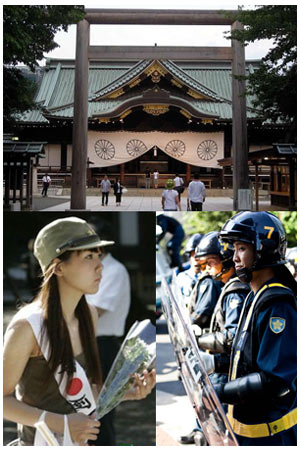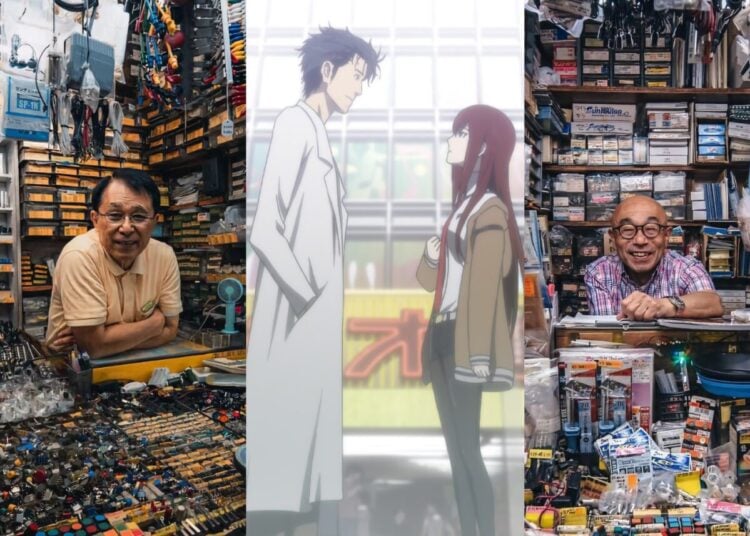I took a trip down to Tokyo yesterday to have a meeting with NitroPlus, the innovative company behind Steins;Gate and so many other quality games. After the meeting, I had some free time so I decided to visit a place that’s like no other in Japan, Yasukuni Shrine. Established in 1867 by the Meiji Emperor to commemorate the soldiers who died in the Boshin War (a conflict that flared up as power switched from Tokugawa Shogunate to a constitutional monarchy centered around the Emperor), Yasukuni Shrine maintains an official registry of 2.4 million Japanese who died in the service of their country, including all the soldiers and sailors who perished in World War II.
As the de facto Japanese version of Arlington National Cemetery, it’s a solemn place to reflect on the soldiers who served their country…as well as horses, dogs and carrier pigeons, who also saw official military service and are represented with statues at the shrine. The problem with Yasukuni, of course, is that 14 “A-class” war criminals who were responsible for so much sadness during the war are officially interred in the shrine, which means that any visits by Japanese government officials draw strong protests from the Chinese and Korean governments. This would be something like if Nathan Bedford Forrest were interred in a place of honor at Arlington, America’s most important national shrine.
Since I’d chosen to visit on August 15, the day Japan declared its surrender, I was prepared to find a battleground filled with protesters, but it wasn’t that bad: there were a few scattered Korean and Chinese groups along with Taiwanese who were angry that Japan had not recognized their independence, plus a group protesting the for-profit harvesting of organs from executed prisoners in China. Inside the grounds of the shrine were some very colorful people, including very old men standing proudly in their old wartime uniforms, garden-variety Japanese nationalists (the kind who drive around in loudspeaker trucks playing war songs or the Space Battleship Yamato theme), plus one guy walking around in a full ninja costume complete with swords. There was a massive police presence, too, including more than a hundred armored busses ready to cart away any demonstrators who got rowdy.
In addition to the main shrine (which I did not enter) there’s a history museum that focuses on World War II the War in the Pacific (as the Japanese always call it), and it was a very interesting place to visit, as long as you understand that the subject material is being presented from a certain point of view, i.e. pitching Japan’s expansion in the Pacific as a struggle to rid Asia from the yoke of the British Empire. You can also visit a restaurant and enjoy some of the foods from the era, including authentic “navy curry,” a re-creation of the curry served on ships during WWII, and ice-cold Ramune, which was also a favorite of Japanese sailors on ships, as you’ll know if you’ve watched Strike Witches or any similar anime.
Inside the restaurant, I talked with some of the Japanese around me, since I like to surf the awkward silence that comes when an American goes to a place like this on a day like this. I had some very interesting and polite conversations, with the people around me. One Japanese apologized for the intensity of some of the people showing their nationalism so openly, saying, “For us, this is the only place we can go to express these ideas. At other times, normal Japanese shun us for our views.”

I made my first visit to Yasukuni Shrine yesterday.















